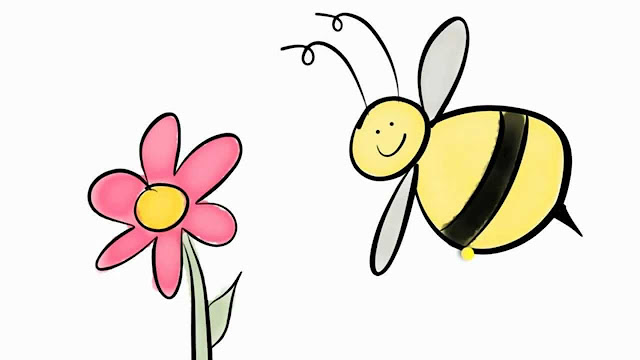Flowers are the reproductive structures of angiosperms, which are the most diverse group of plants on Earth. Angiosperms use flowers to produce seeds, which allow them to reproduce and spread their genes to the next generation.
The process of flower reproduction involves several steps, including pollination, fertilization, and seed formation. Let's take a closer look at each of these steps.
Pollination: Pollination is the transfer of pollen from the male part of a flower (the anther) to the female part (the stigma) of the same or another flower. Pollination can occur in several ways, including wind, water, and animals. Animal pollination is the most common method, and it is carried out by insects, birds, bats, and other animals that are attracted to the flowers by their colors, scents, and nectar.
Fertilization: Once the pollen grains reach the stigma, they germinate and form a pollen tube that grows down through the style and into the ovary, where the ovules are located. The sperm cells then travel down the pollen tube and fertilize the egg cells inside the ovules. This process is called double fertilization, and it results in the formation of a zygote (which develops into the embryo) and an endosperm (which provides nutrients to the developing embryo).
Seed formation: After fertilization, the ovules develop into seeds, which contain the embryo, endosperm, and a protective seed coat. The seeds are then dispersed by various means, such as wind, water, or animals, to new locations where they can germinate and grow into new plants.
It's worth noting that not all flowers are the same in terms of their reproductive structures. Some flowers have both male and female parts (hermaphroditic), while others have only one or the other (unisexual). Some flowers are also self-pollinating, meaning they can fertilize themselves without the need for external pollinators.
So, flower reproduction is a complex and fascinating process that involves pollination, fertilization, and seed formation. This process ensures the survival and spread of angiosperms, which play a critical role in the ecosystems and economies of our planet.
Source: Some or all of the content was generated using an AI language model


No comments:
Post a Comment